CEED 2010 Question paper with answer key pdf conducted on January 20, 2010 is available for download. The exam was successfully organized by IIT Bombay. In terms of difficulty level, CEED 2010 was of Moderate level. The question paper comprised a total of 49 questions.
CEED 2010 Question Paper with Solutions PDF
| CEED 2010 Question Paper with Solutions PDF | Check Solutions |
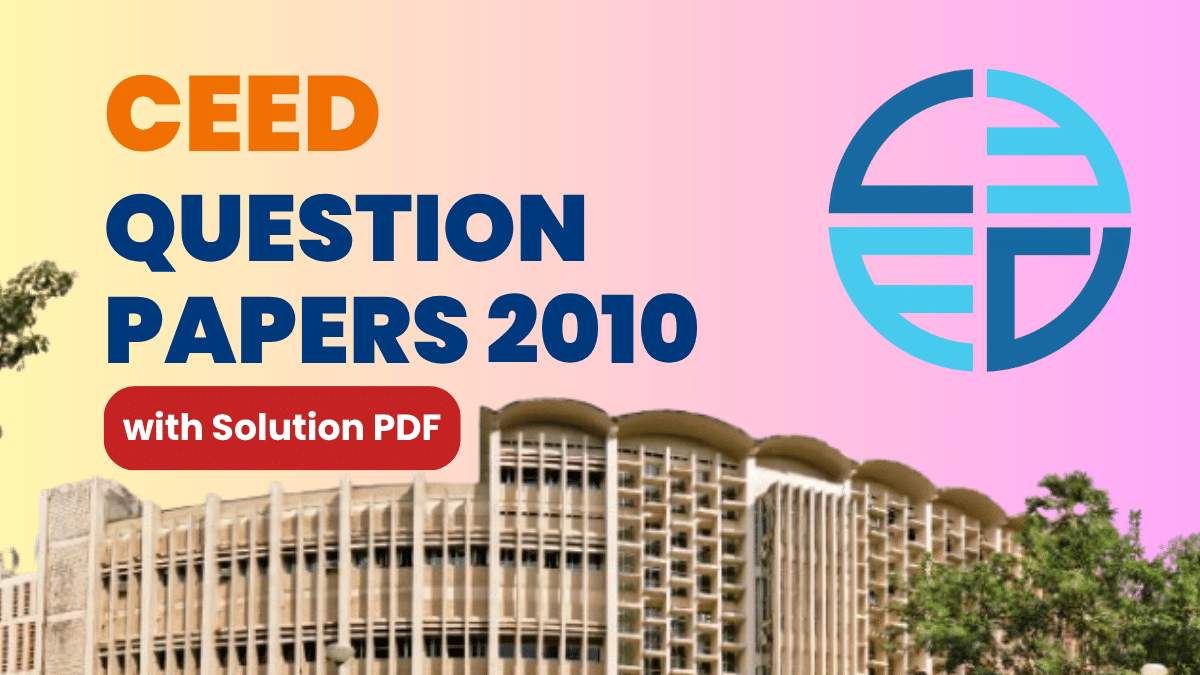
The drawing below shows a closed box made out of cardboard. Next to it are three unfolded (developed) views of the same cardboard box. Two of these options are correct. Select the wrong one by marking X in the box provided below.

View Solution

Quick Tip: To spot the wrong unfolded view, focus on how the faces of the closed box are connected. Pay close attention to: Opposite faces: In a cube or box, opposite faces never share an edge in the unfolded (net) view. Adjacent faces: Only adjacent faces in the 3D box can be directly connected in the net. Face orientation: Check that when folded, the faces align properly without overlapping or being misoriented.
Below are 5 images of telephones that were used across different time periods, placed in a random order. Write down the correct sequence of the telephones according to the time scale, from past to present, in the box provided below.

Write the correct sequence of telephones from past to present in the box below:
View Solution
Correct Sequence:
1. B (Past)
2. C
3. D
4. A
5. E (Present)
Quick Tip: To arrange the telephones from past to present, look at: Design and materials — Older phones are bulkier, have cranks or separate mouthpieces and earpieces. Technology cues — Early phones were mechanical; later ones have rotary dials, then buttons, then digital screens. Think evolution: Very early mechanical/crank phone Separate speaker and receiver Rotary dial phones Push-button phones Modern digital phones Look closely at each phone’s complexity and features — more advanced = more recent.
Below is an image of a triangle with some pattern on it. This triangle is mirrored four times as shown below. Draw the correct position of the pattern on the last triangle.

View Solution
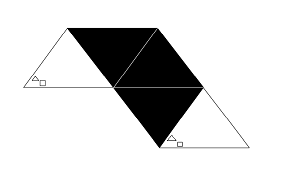
Below are images of different typefaces belonging to different families. There are two families comprising of four letters each. Identify these letters and write them in the box provided.
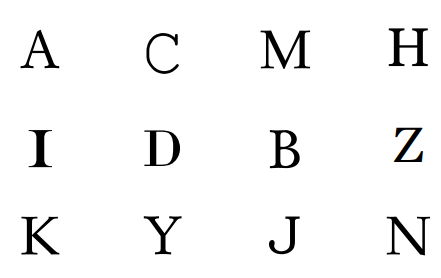

Write the 8 letters (two families of four letters each) in the box below:
View Solution
Family One:
M H B D
Family Two:
A C I Z
Below is an image of a pair of shoes. Color the shoes to depict the following two expressions:
Angry – on the left shoe
Friendly – on the right shoe

Use colors, patterns, or facial expressions to visually communicate the emotions.
View Solution

Below is a schematic diagram of a room 2m long, 2m wide, and 3m high. An ant is at position A on the ground and a lizard is at position B on the ceiling.
Calculate the shortest distance the lizard has to travel to eat the ant. Write the answer in the box provided.
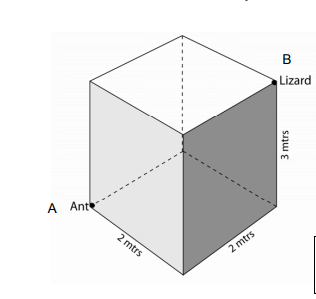
View Solution
The shortest distance the lizard has to travel is found by ”unfolding” the room into a
two-dimensional net and calculating the straight-line distance (the hypotenuse of a
right-angled triangle) between point A (Ant) and point B (Lizard).
The room dimensions are:
• Length (L) = 2 m
• Width (W) = 2 m
• Height (H) = 3 m
Since the ant (A) is on the ground and the lizard (B) is on the ceiling at the diagonally
opposite corner, the path must involve crossing at least two faces. We need to check the three
main ways to unfold the room to find the shortest distance.
1. Path Across Two Adjacent Side Walls (Length and Width Walls)
The shortest path will go up two adjacent vertical walls.
• Total horizontal distance = Length + Width = L + W = 2 + 2 = 4 m
• Vertical distance = Height = H = 3 m
This forms a right-angled triangle with sides 4 m and 3 m:
d1 = p(L + W )2 + H2 = p(2 + 2)2 + 32 =
p42 + 32 = √16 + 9 = √25 = 5 m
2. Path Across a Side Wall and the Ceiling/Floor
This path goes up one wall and across the ceiling or floor.
• Length along one side = L + H = 2 + 3 = 5 m
• Other side = W = 2 m
This forms another right-angled triangle:
d2 = p(L + H)2 + W 2 = p(2 + 3)2 + 22 =
p52 + 22 = √25 + 4 = √29 ≈ 5.39 m
Conclusion
d1 = 5 m
d2 = √29 ≈ 5.39 m
Since 5 < 5.39, the shortest distance the lizard has to travel is:
5 meters
Below is an image of a reflective Steel Tumbler kept on a table cloth with a grid pattern.

Task:
Draw the pattern as reflected on the steel tumbler in the space/image provided below.
Hint: Consider how straight lines appear curved when reflected on a cylindrical surface. Pay attention to distortion, compression, and curvature of the grid.
View Solution

Illustrate in perspective, a composition with a CUP, SAUCER and a SPOON placed on a flat surface. The materials are:
Cup: Rubber
Saucer: Glass
Spoon: Wood
Instructions:
The drawing needs to be done freehand using a black pencil.
Do not use any drawing instruments (no rulers, compasses, stencils, etc.).
Evaluation Criteria:
Composition and correctness of perspective [5 marks]
Quality of surface representation through shading [5 marks]
Quality of lines [5 marks]
Correctness of relative proportions [5 marks]
View Solution

Imagine five distinct uses of discarded Compact Discs (CDs).
The CDs can be cut, bent, pasted, or used in multiples to execute your ideas.
Represent your ideas with five neat sketches along with brief notes (if necessary) in the space provided below.
View Solution
Idea 1: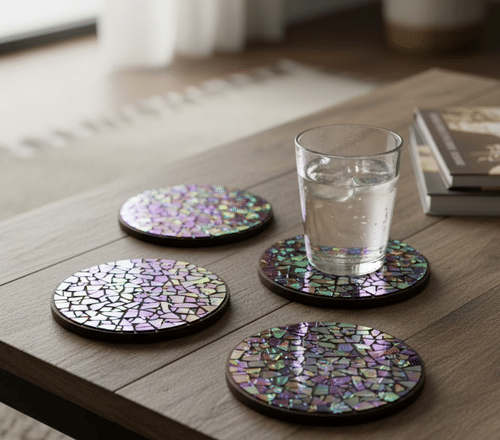
Notes: Mosaic Art/Coasters
Idea 2: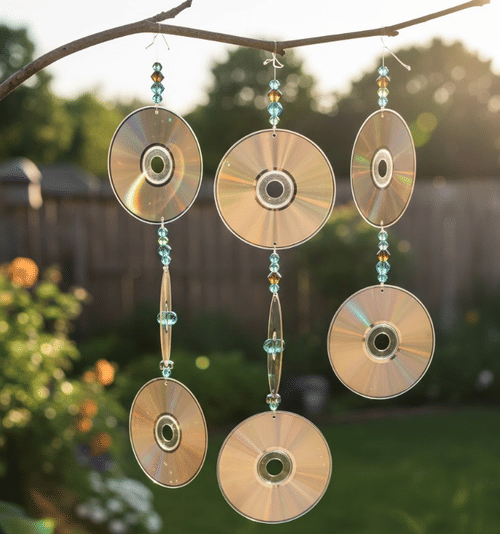
Notes: Decorative Mobile/Wind Chime
Idea 3:
Notes: Bird Deterrent
Idea 4:
Notes: DIY Clock Face
Idea 5:

Notes: Garden Edging/Path Markers
Below is an image of a Pressure Cooker commonly used in Indian households.

Identify five unique problems from the point of view of the users.
Write these unique problems briefly in the space provided.
Briefly justify each of these problems in the space provided.
Illustrate a solution for each of the identified problems with a sketch in the space provided.
Evaluation Criteria:
Identification of unique problems and proper justification [10 marks]
Appropriateness of your solutions [10 marks]
View Solution
Five Unique User Problems with a Pressure Cooker
Problem 1: Difficulty Cleaning the Rubber Gasket Groove
Problem: The deep, narrow groove holding the rubber gasket in the lid traps food
particles and cooking residue, making thorough cleaning nearly impossible with
standard sponges or brushes.
Justification: This groove becomes unhygienic over time and can lead to foul odors
or bacterial growth if not cleaned properly.
Solution: Design the rubber gasket with a flexible, integrated lip that extends to
cover the groove entirely when in place, preventing food from entering the channel.
Problem 2: Heat Transfer to the Handle Problem: The handle becomes uncomfortably or
dangerously hot during prolonged cooking as heat conducts through metal brackets
to the handle material.
Justification: This poses a burn risk and discomfort, reducing safety and usability.
Solution: Redesign the handle as a vented handle with heat-break fins by
incorporating internal air gaps and insulating polymer or ceramic fins at the
metal-to-plastic junction to reduce conductive heat transfer.
Problem 3: Misplacement of the Whistle/Vent Weight Problem: The small whistle or vent
weight is easily lost during cleaning, rendering the cooker unusable until replaced.
Justification: Losing this component interrupts cooking and forces users to buy
replacements. Solution: Attach the whistle to the lid with a short, heat-resistant steel
cable or chain to keep it tethered and prevent loss.
Problem 4: Lack of Blind Sealing Indication Problem: There is no clear visual confirmation
that the lid is perfectly aligned and sealed before twisting, leading to pressure leaks
and steam loss.
Justification: Improper sealing wastes energy and prolongs cooking time. Solution:
Implement alignment lock indicators such as colored arrows on the lid and pot body,
and a green ’check’ window visible only when the lid is properly sealed.
Problem 5: Condensation Drips from the Lid upon Removal
Problem: Hot condensation drips from the lid when it is lifted, creating messes and
burn hazards.
Justification: Dripping water can cause slips or burns and makes cleanup harder.
Problem Area: Product Design / Interaction Design
In the world of the visually impaired (fully blind), there is a need to equip them with special products that help carry out day-to-day activities with ease. One such product is a pair of scissors, used for cutting liquid pouches, cloth, paper, etc.
Your task is to design a new pair of scissors for the visually impaired. You may use new technologies if needed.
Identify at least five distinct factors essential for designing a pair of scissors for the blind. Write these briefly in the space provided.
Generate at least three concepts through pencil sketches based on the factors identified above. Present these pencil sketches along with brief notes (if necessary) in the space provided.
Synthesize your final concept and present this through drawing, showing the overall form and its construction details, mentioning the materials, in the space provided.
Evaluation Criteria:
Identification of distinct factors [5 marks]
Novelty of your alternate concepts [5 marks]
Appropriateness of your final solution [10 marks]
Quality of your presentation [5 marks]
View Solution
Design Challenge: Scissors for the Visually Impaired (Fully Blind)
The design challenge is to create a new pair of scissors specifically for the visually impaired,
integrating safety and functionality to facilitate daily cutting tasks with ease. The focus is on
non-visual sensory feedback and protective design.
Essential Design Factors
1. Tactile Safety and Guarding: Fully enclosed blades to prevent accidental injury.
2. Haptic/Textural Guidance: Distinct textures or shapes on the handle to indicate
correct orientation and alignment.
3. Auditory Feedback/Smart Sensing: Sound or technology confirming material
positioning or cut completion.
4. Ergonomic Comfort and Force Minimization: Easy to grip design requiring minimal
hand strength, potentially spring-loaded or powered.
5. Material Anchoring/Material-Specific Guides: Non-slip or clamping features to hold
material securely during cutting.
Concept Generation
Concept 1: “Clipper” Safety Shears Focuses on absolute safety by enclosing the blades in
a housing and using a spring-loaded trigger similar to a nail clipper. A loud “snap”
sound confirms the cut.

Concept 2: “Guiding Rail” Scissors Uses a rigid, C-shaped guard attached to one blade to
create a channel for the material, physically preventing finger cuts. Textured handles
(round thumb grip, ribbed finger grip) aid orientation.
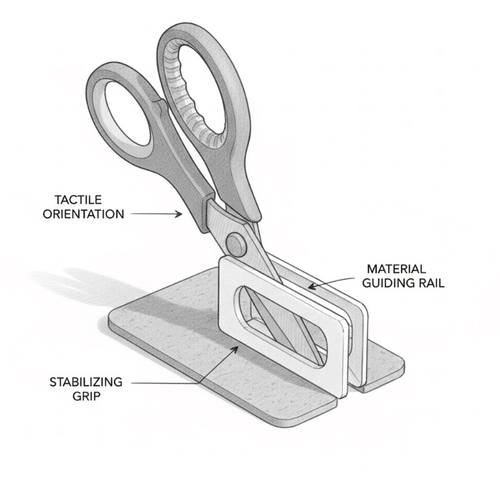
Concept 3: “Smart Anchor” Scissors Incorporates technology with a micro-suction cup
near the blade tips to secure slippery materials, activated by a button. A gentle vibration
sensor signals safe-to-cut alignment.
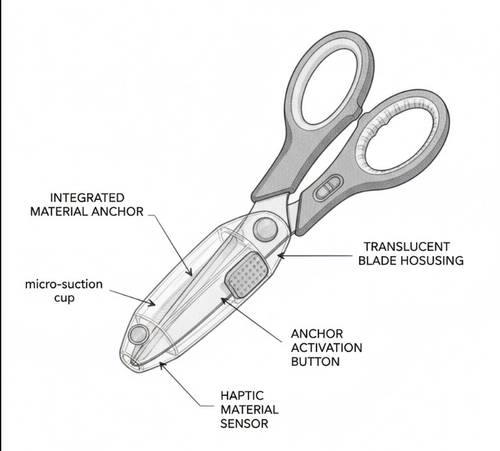
Final Synthesized Concept: SecureCut Guided Shears
The final design synthesizes safety and intuitive haptic operation with the following features:
• Ergonomic Pistol-Grip Handle: Made from high-density ABS plastic with soft-touch
rubber overmold for comfort and secure grip.
• Spring-Loaded Return Mechanism: Keeps blades closed by default, minimizing force
and eliminating danger from open blades.
• Enclosed Stainless Steel Cutting Mechanism: Fully housed within a high-impact
polycarbonate shell to ensure tactile safety.
• V-Shaped Material Slot: Inner edges lined with textured TPE rubber guides to provide
haptic feedback for material alignment.
• Auditory and Haptic Feedback: A low-frequency ‘thunk’ sound and a minor vibration
confirm a successful cut.
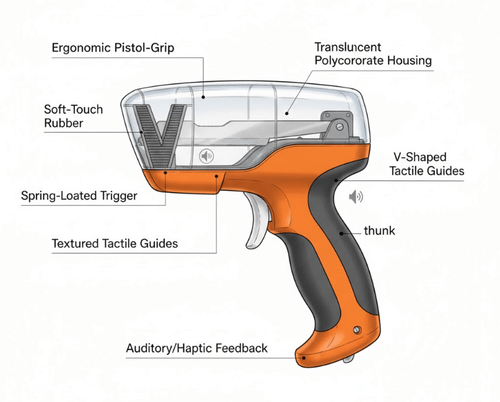
This combination results in a tool that is safe, comfortable, and intuitive for visually
impaired users, suitable for cutting liquid pouches, cloth, paper, and other materials.
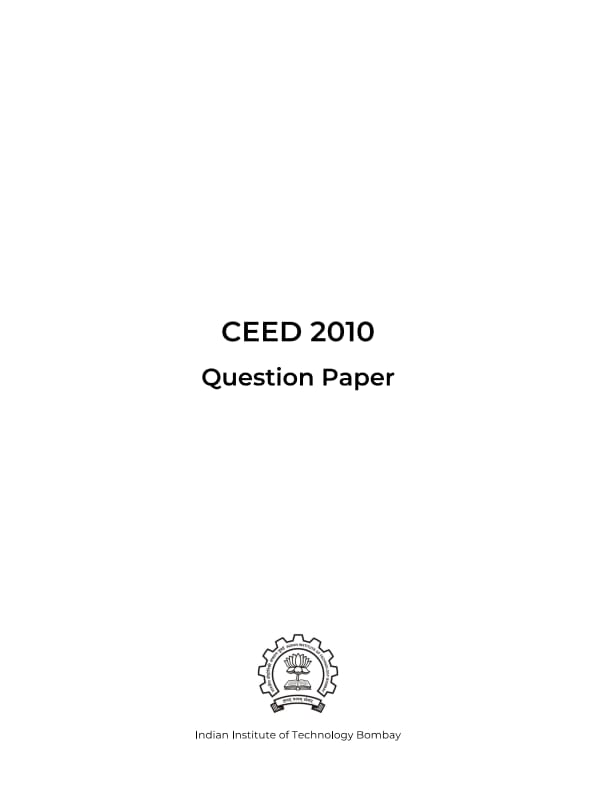
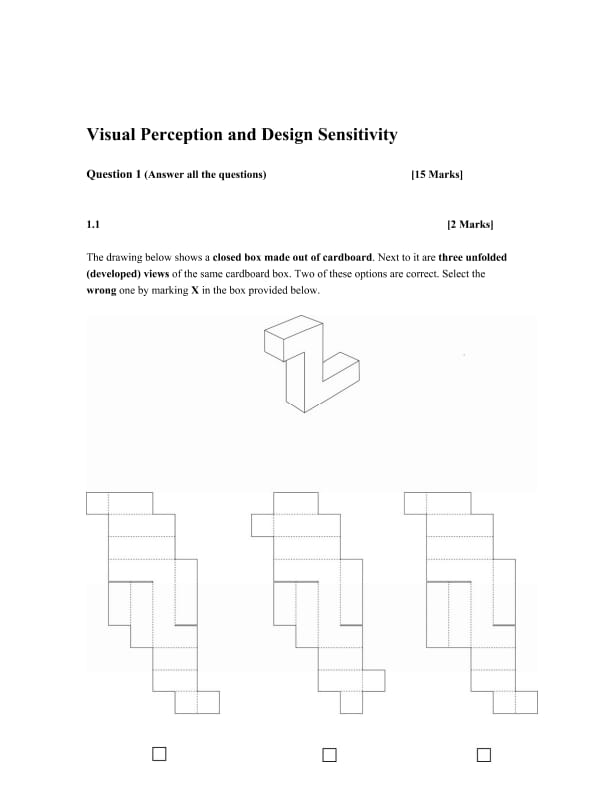
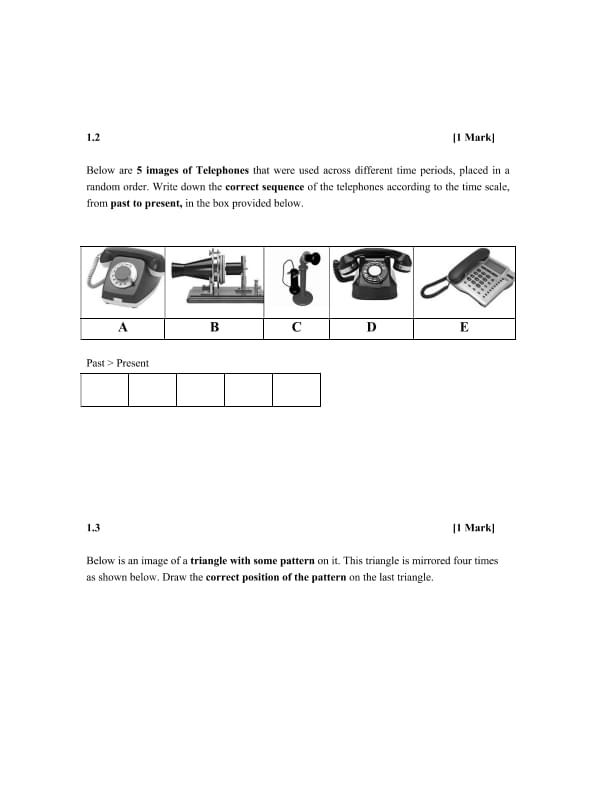
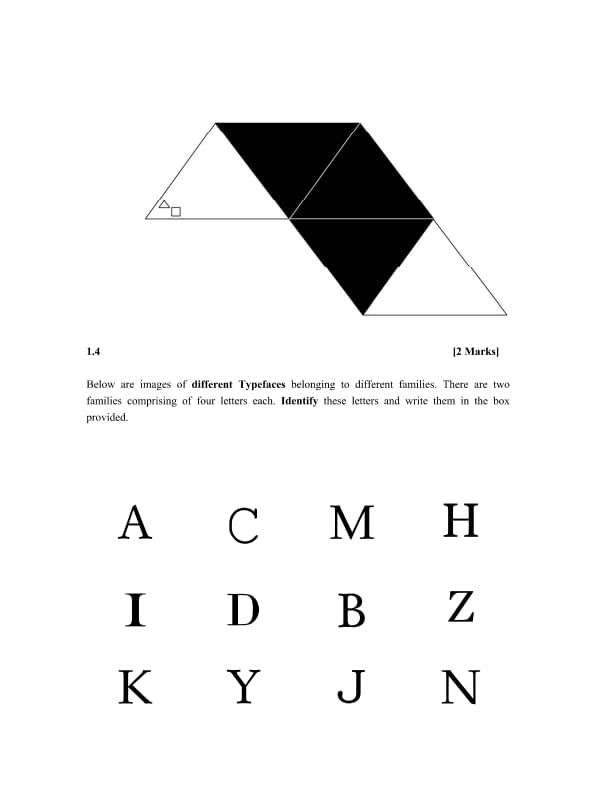
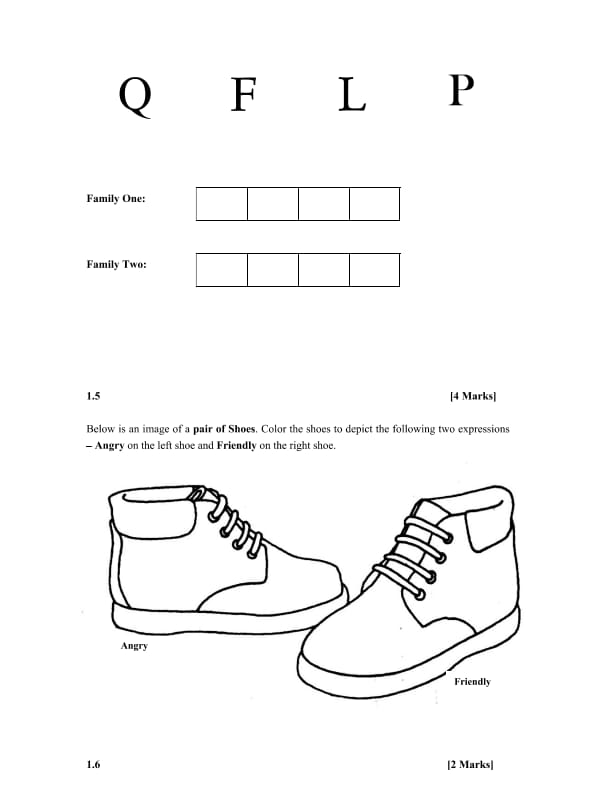
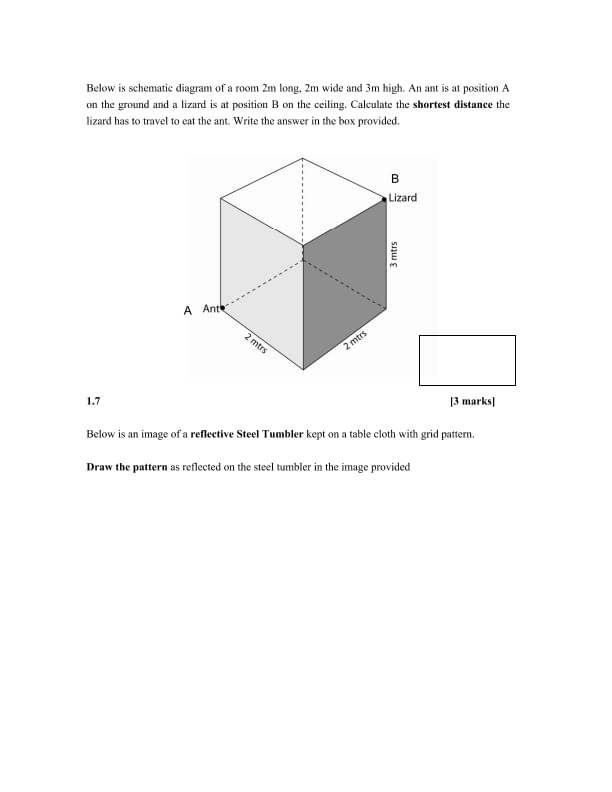


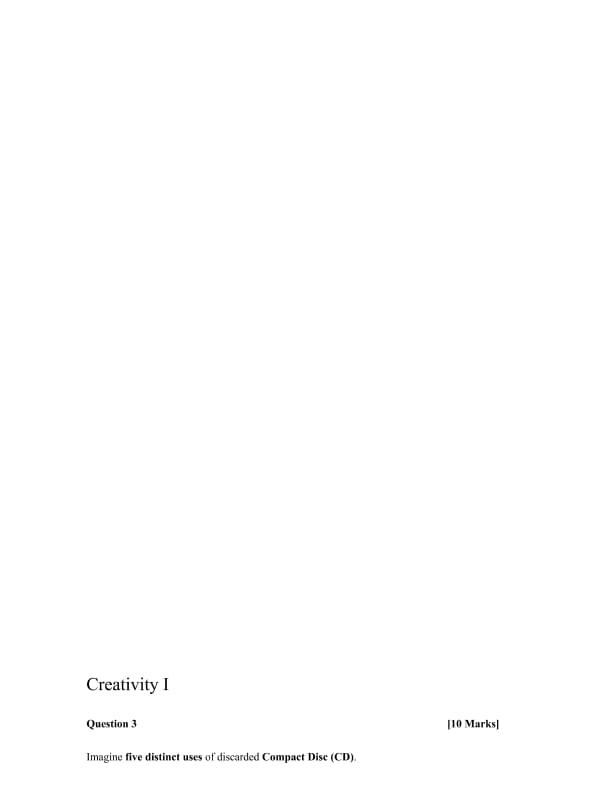

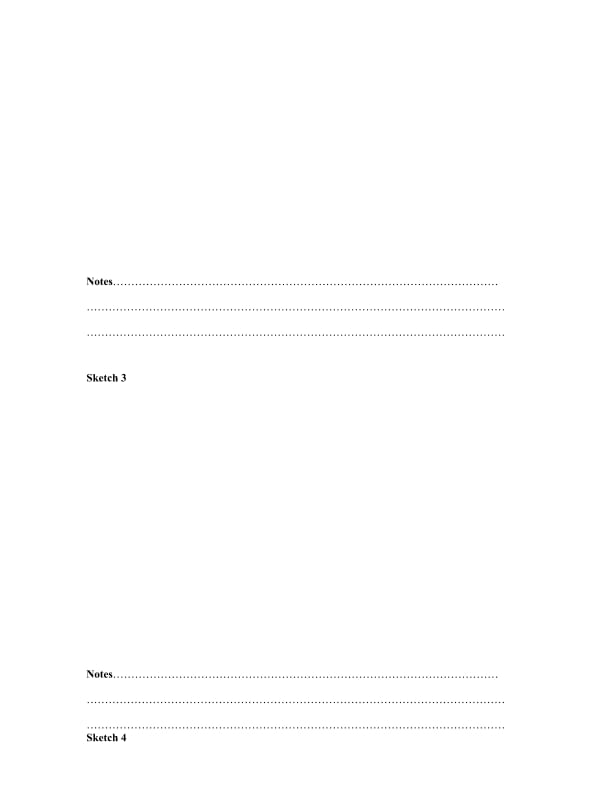
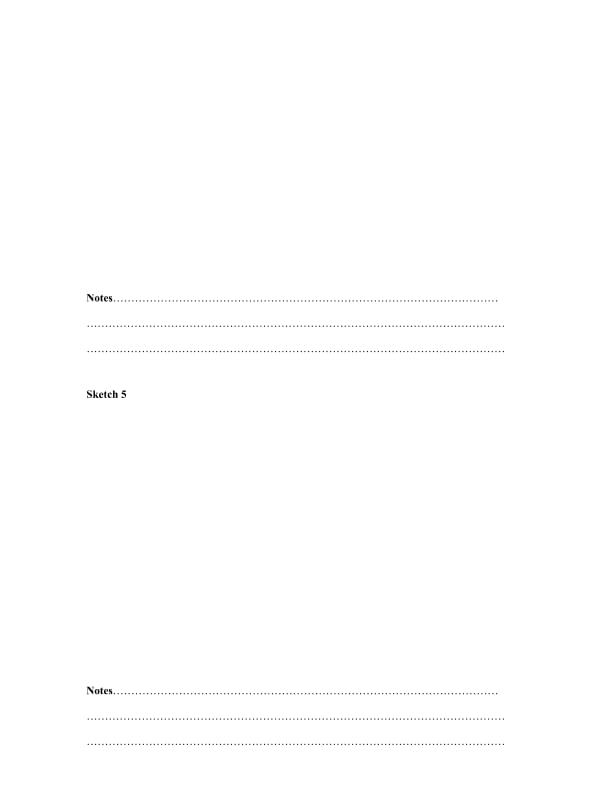
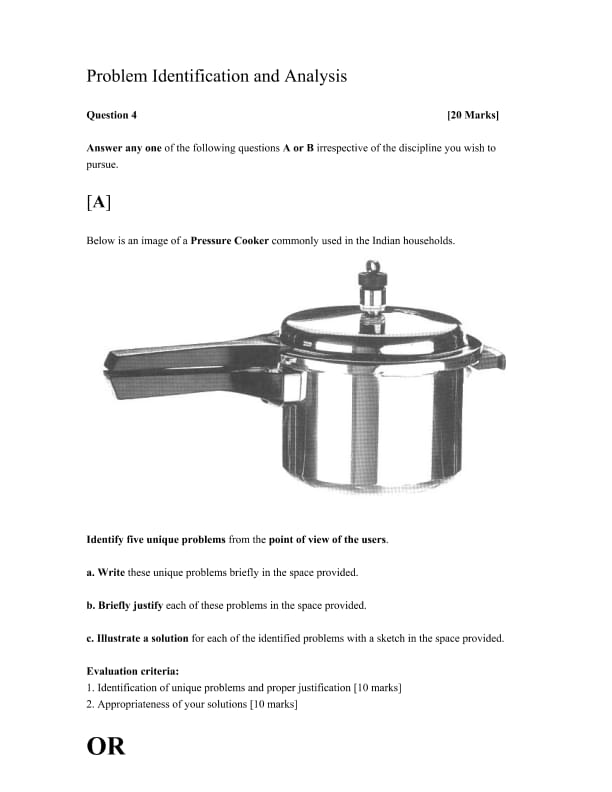
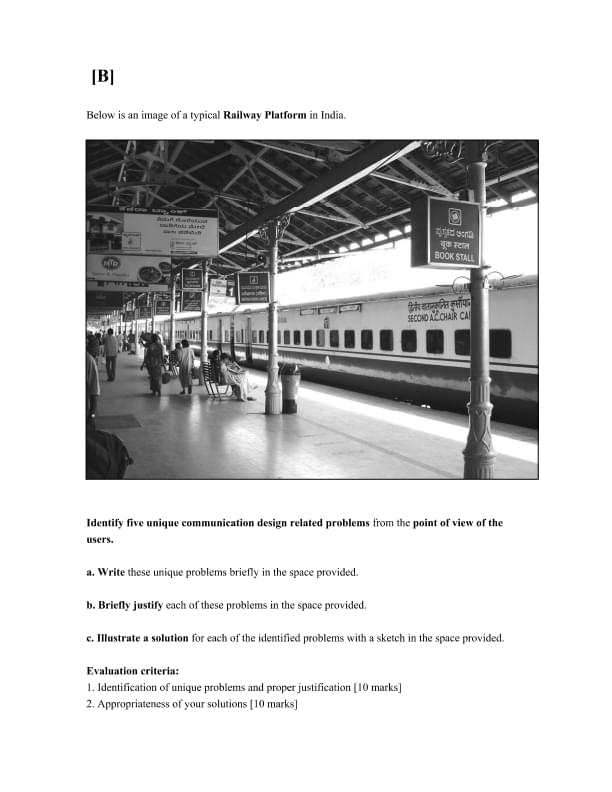
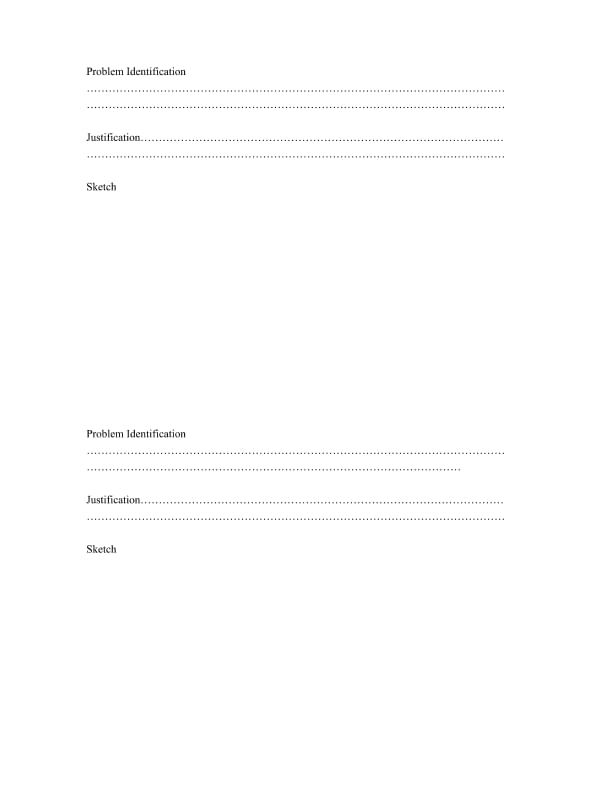
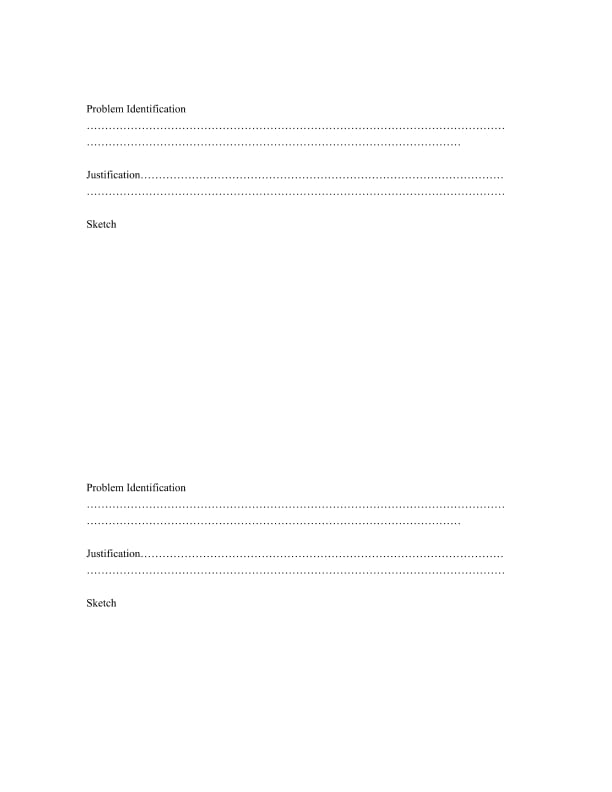
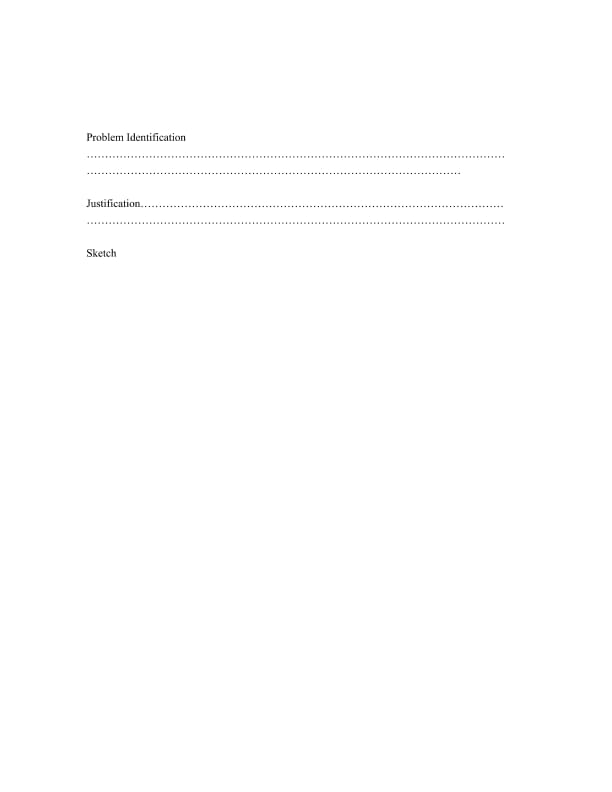

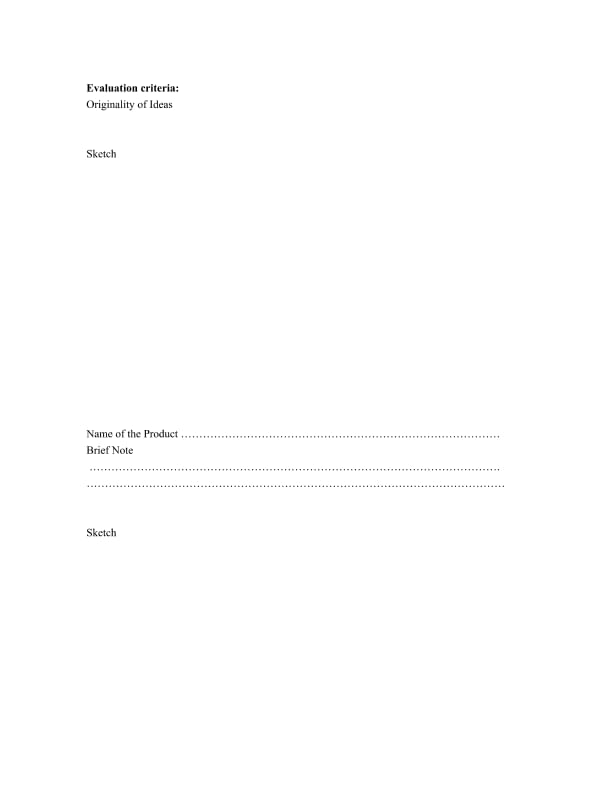
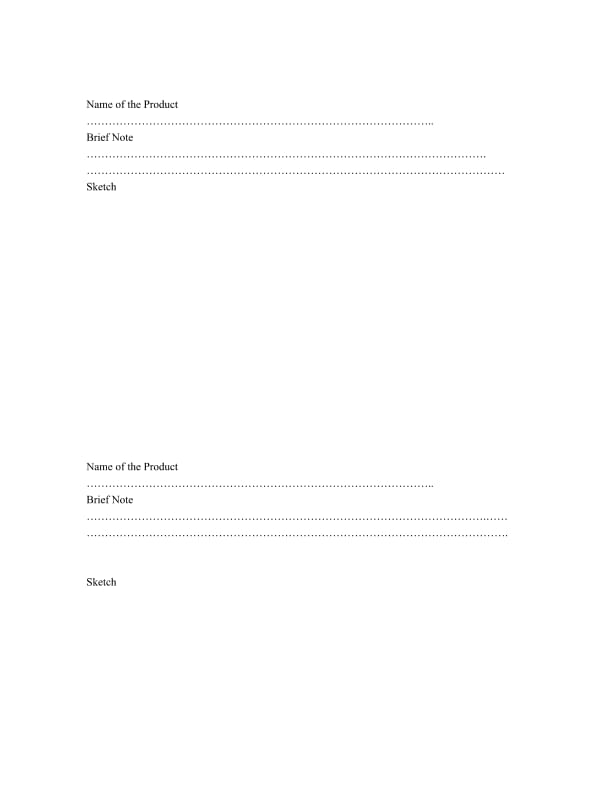

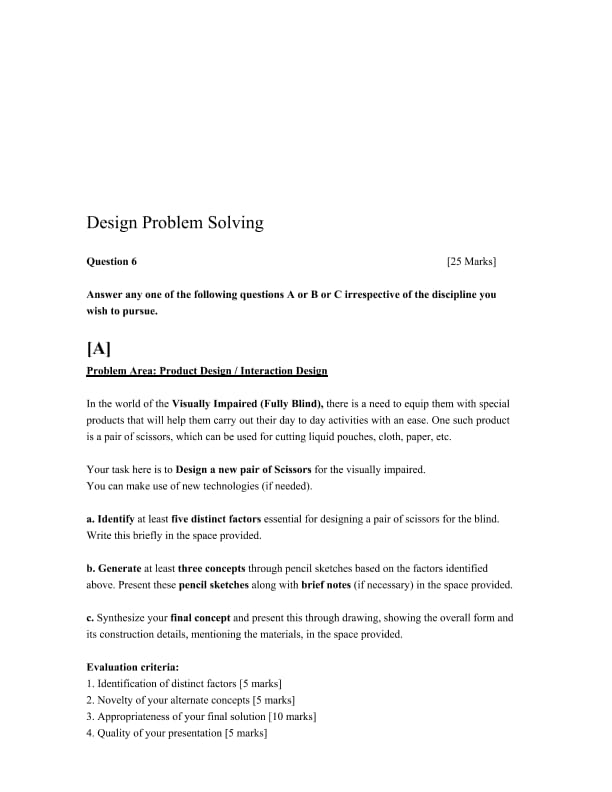
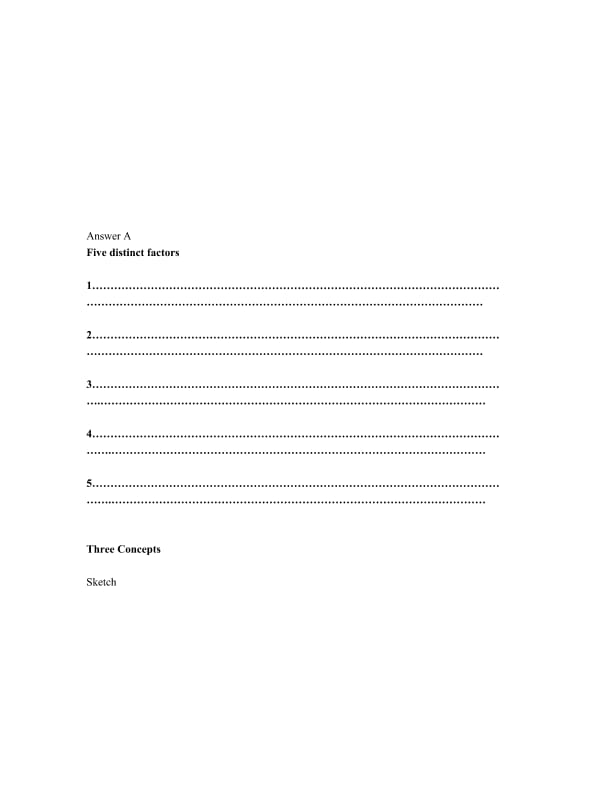
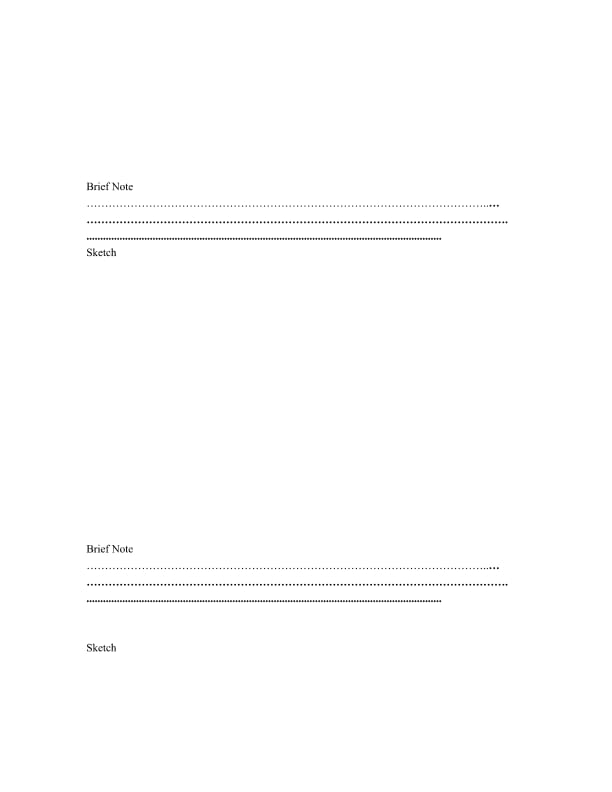
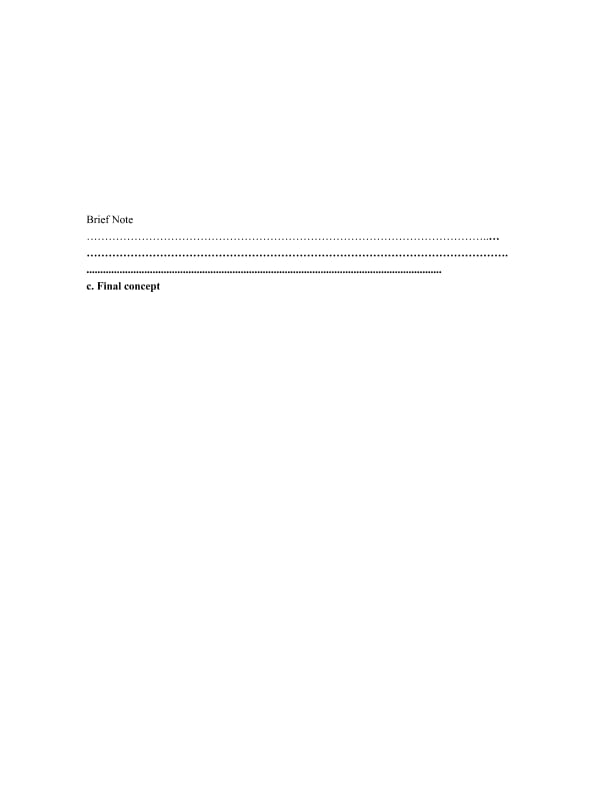


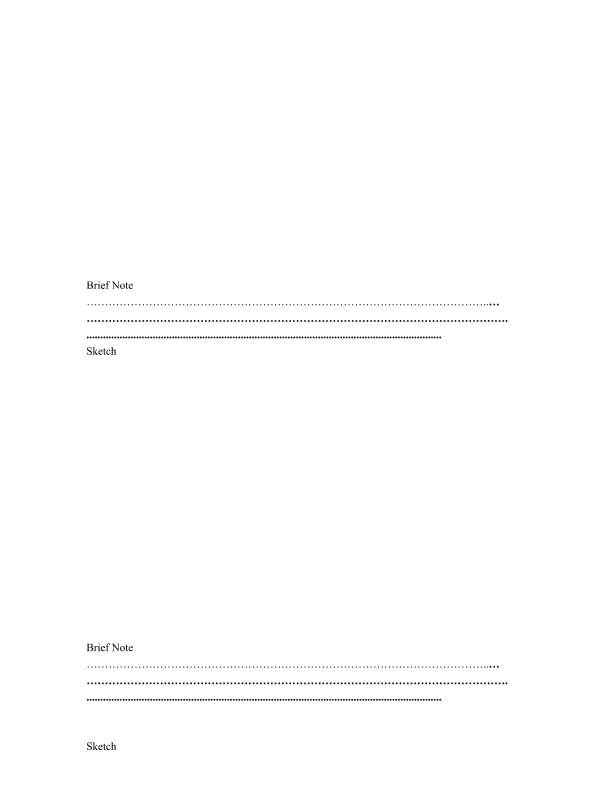
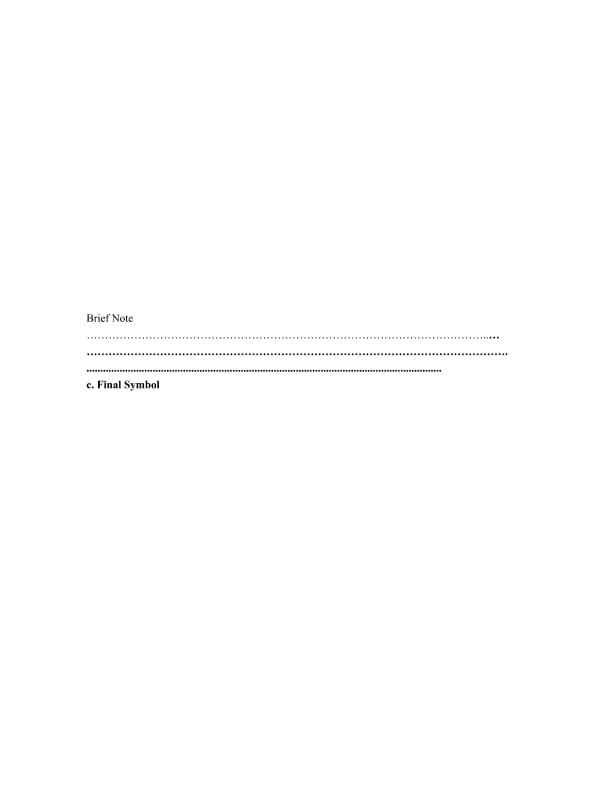
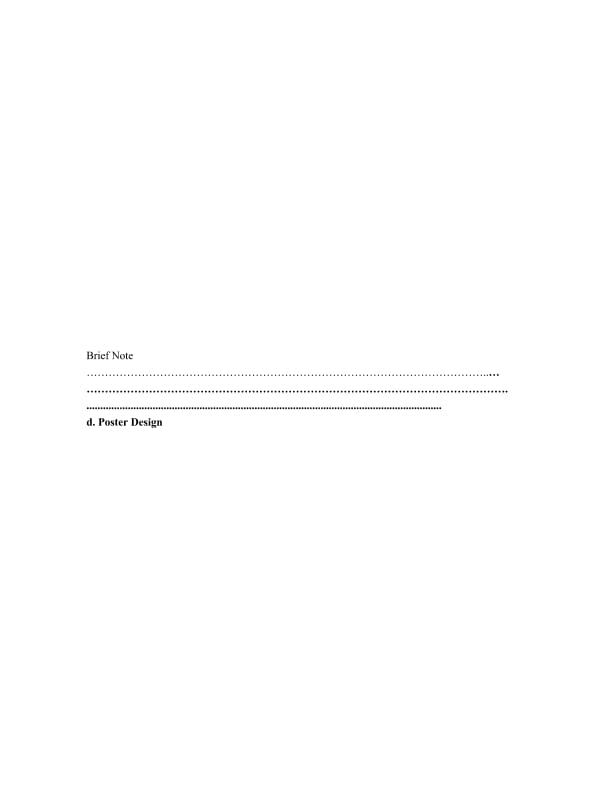
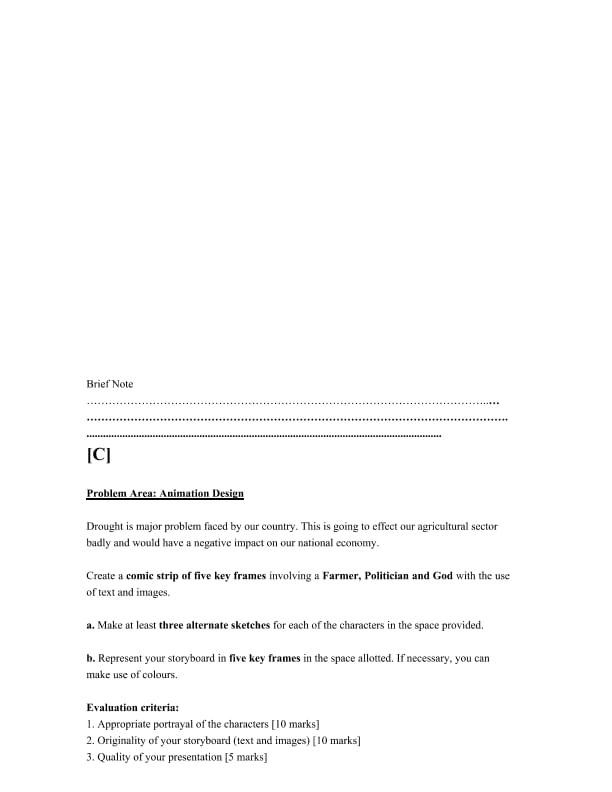
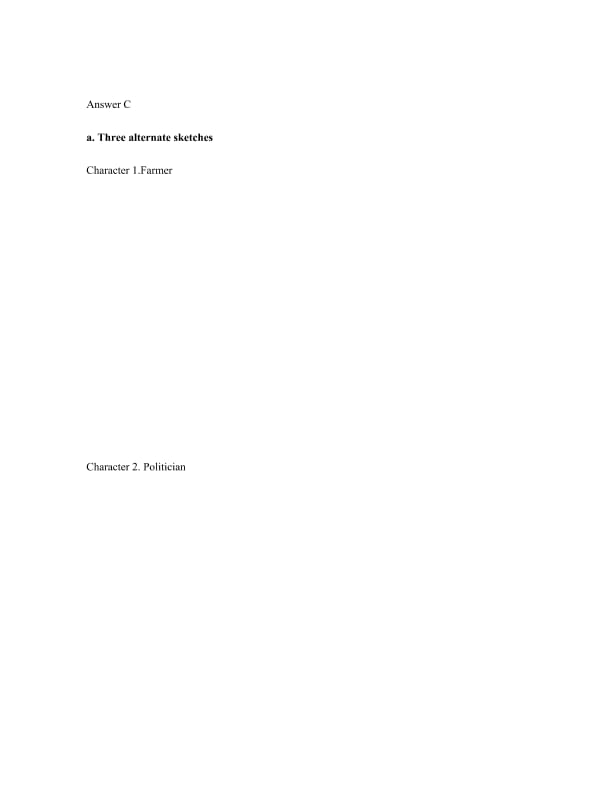
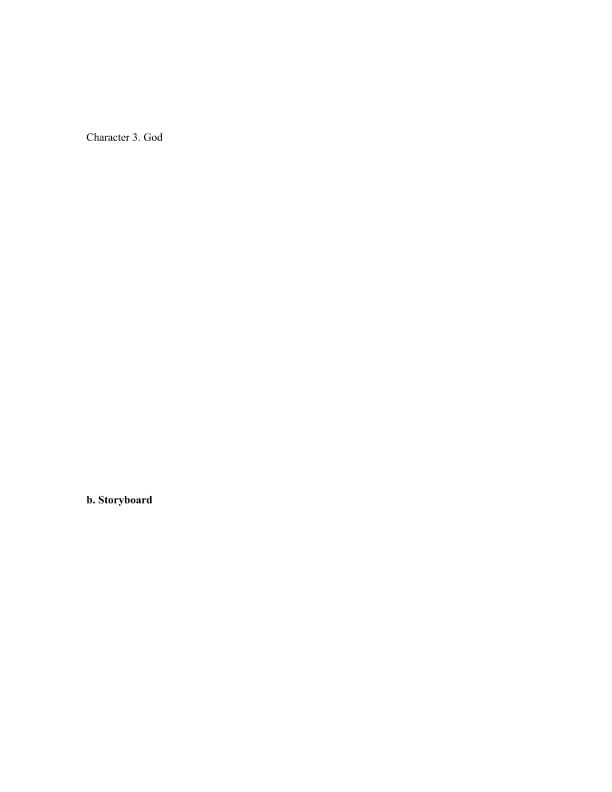
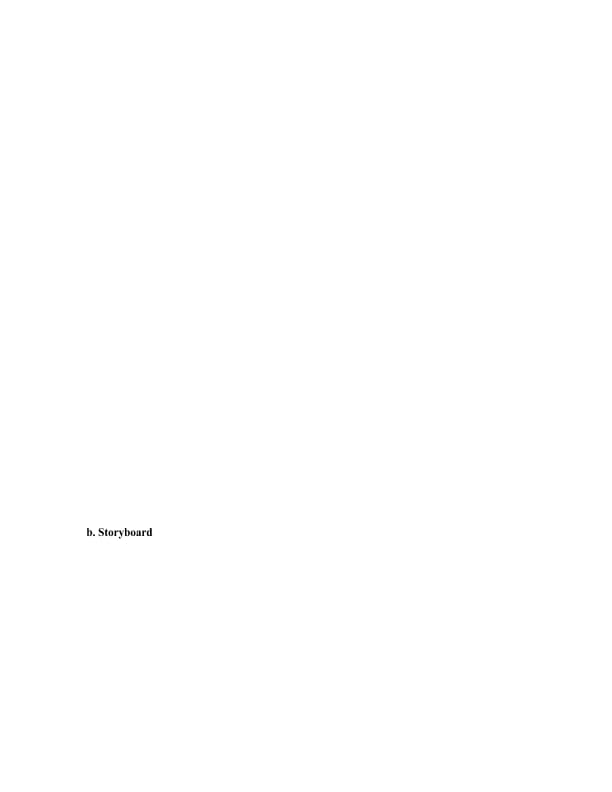
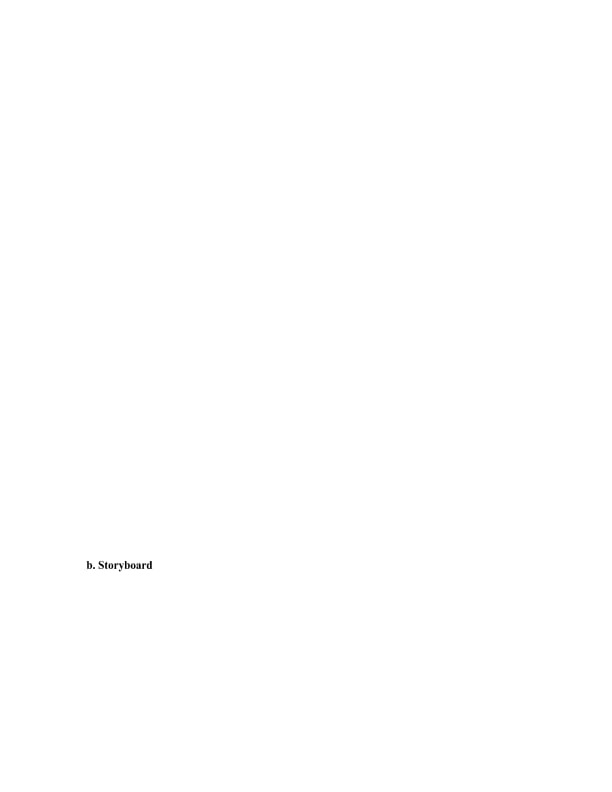

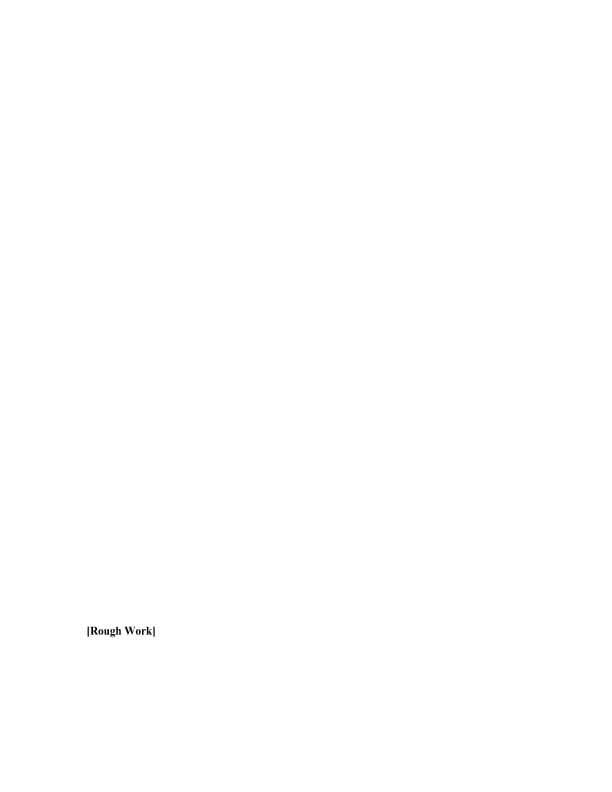
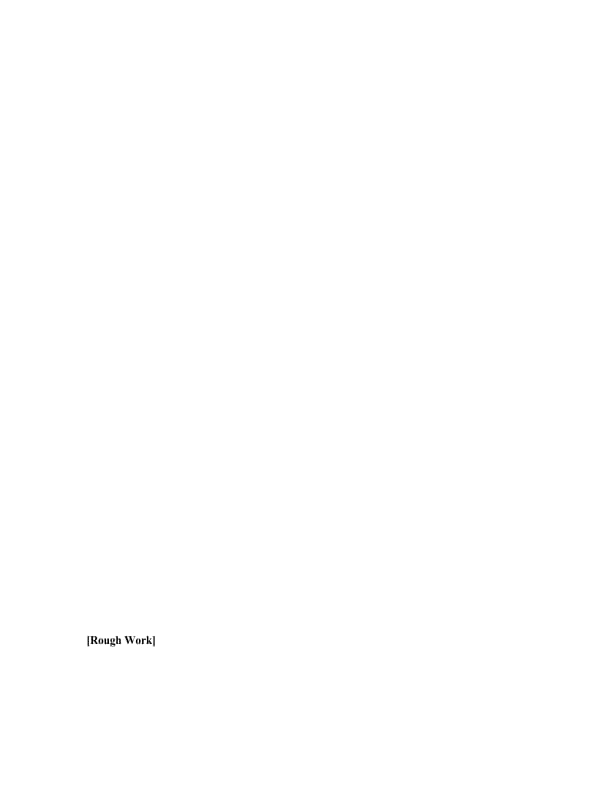


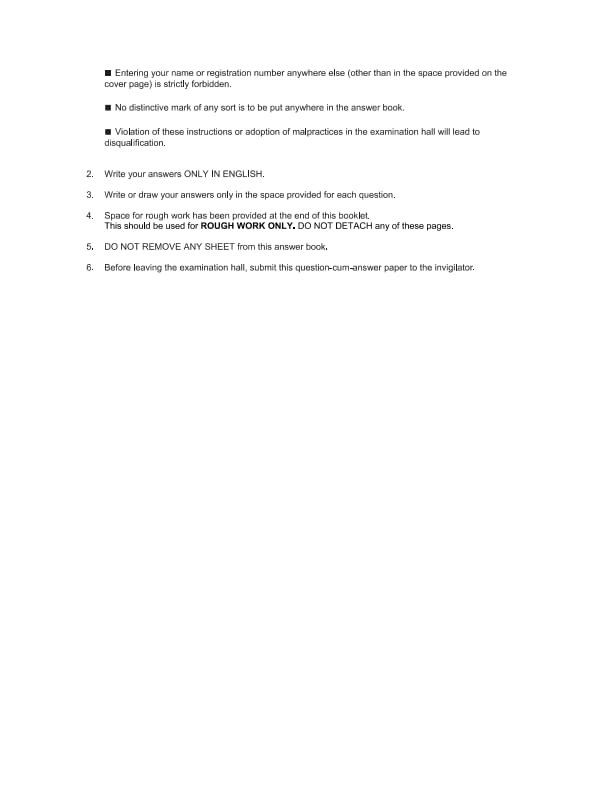



Comments